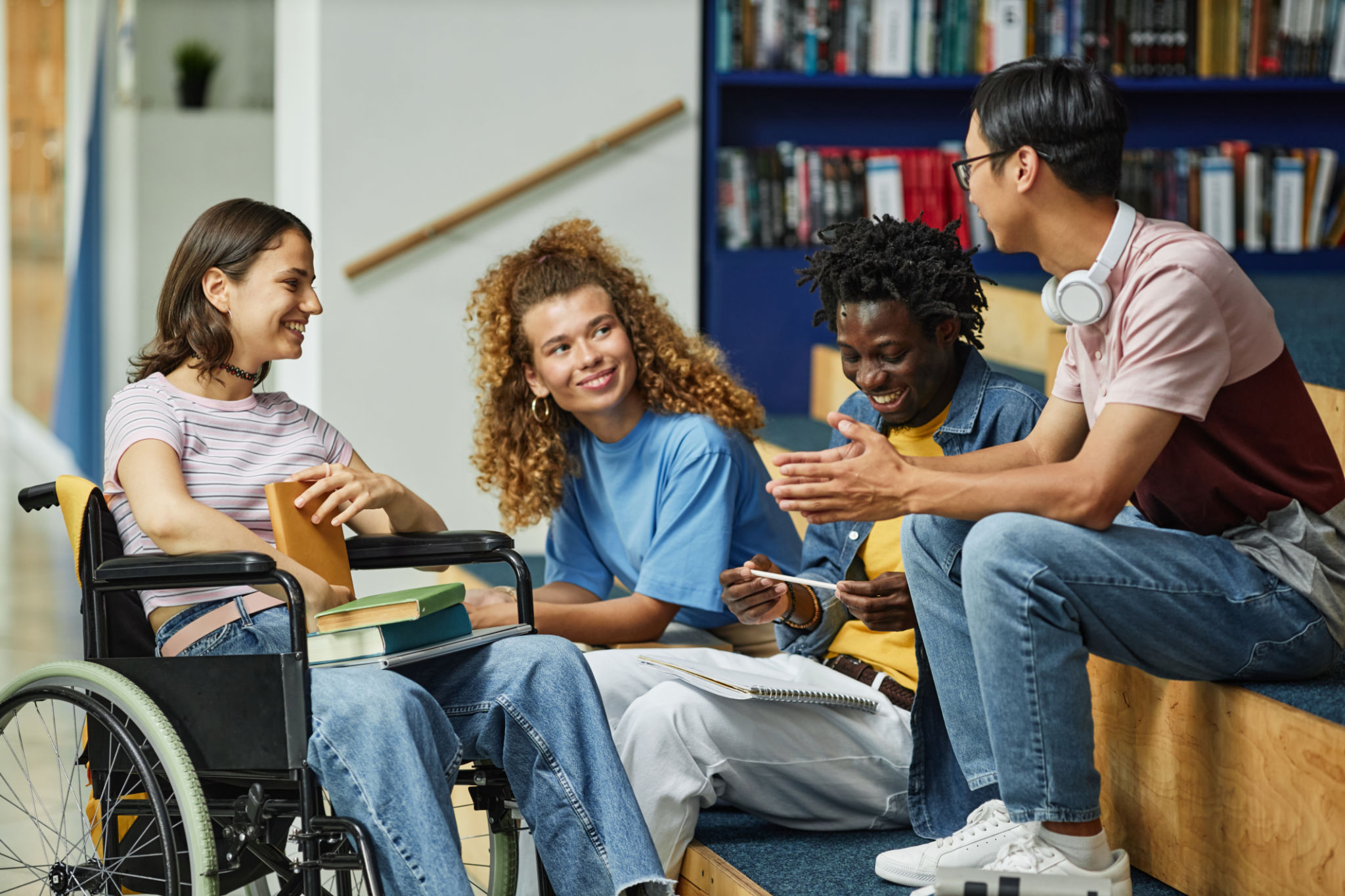Success Stories: How Customized Learning Plans Transformed Neurodiverse Education
Understanding Neurodiversity in Education
Neurodiversity acknowledges the wide range of natural variations in the human brain. It is a concept that embraces differences in neurological functioning, including conditions like autism, ADHD, dyslexia, and more. In the context of education, recognizing neurodiversity means acknowledging that traditional teaching methods may not suit every student, particularly those with unique learning needs.
Customized learning plans are becoming a transformative approach in neurodiverse education. These plans tailor the educational experience to fit the individual needs of students, providing them with the support and resources necessary to thrive academically.

The Power of Customized Learning Plans
Customized learning plans are designed with a focus on each student's strengths and challenges. By creating a personalized educational pathway, educators can better address specific learning requirements and preferences. This approach shifts away from a one-size-fits-all model, fostering an inclusive environment where all students have the opportunity to succeed.
Key benefits of customized learning plans include:
- Individualized Attention: Students receive targeted support that aligns with their unique ways of processing information.
- Flexibility: Learning plans can be adapted as students grow and their needs change.
- Enhanced Engagement: Tailored content keeps students motivated and actively involved in their learning journey.
Success Stories from Neurodiverse Classrooms
The implementation of customized learning plans has led to numerous success stories in classrooms across the globe. Students who previously struggled in conventional settings now find themselves thriving with an educational approach that respects and nurtures their neurological differences.
For instance, a student with dyslexia might benefit from multisensory reading techniques, while another with ADHD might excel with hands-on activities and movement-based learning. By leveraging these individualized strategies, educators have witnessed remarkable improvements in students' academic achievements and self-confidence.

Case Study: A School's Journey
At a progressive school in California, educators decided to overhaul their curriculum by integrating customized learning plans for neurodiverse students. The results were nothing short of transformative. One student, initially non-verbal, began to communicate effectively through a combination of visual aids and technology-assisted learning tools.
The school's commitment to understanding each student's unique needs and adapting their teaching methods accordingly has not only improved academic performance but also fostered a supportive community where every student feels valued.
The Role of Technology in Customized Learning
Technology plays a crucial role in developing and implementing customized learning plans. Tools such as adaptive learning software, speech-to-text programs, and virtual reality simulations provide diverse avenues for students to engage with educational material.
These technological advancements enable educators to create dynamic and interactive learning experiences that cater to different learning styles. Furthermore, technology allows for real-time feedback and adjustments, ensuring that students remain on the right track toward achieving their educational goals.

Looking Ahead: The Future of Neurodiverse Education
The future of neurodiverse education looks promising as more institutions adopt customized learning approaches. As awareness and understanding of neurodiversity continue to grow, educators are increasingly equipped to create inclusive environments where every student has the chance to succeed.
By embracing the principles of neurodiversity and leveraging the power of customized learning plans, we can transform educational landscapes and celebrate the unique contributions that neurodiverse individuals bring to our society.